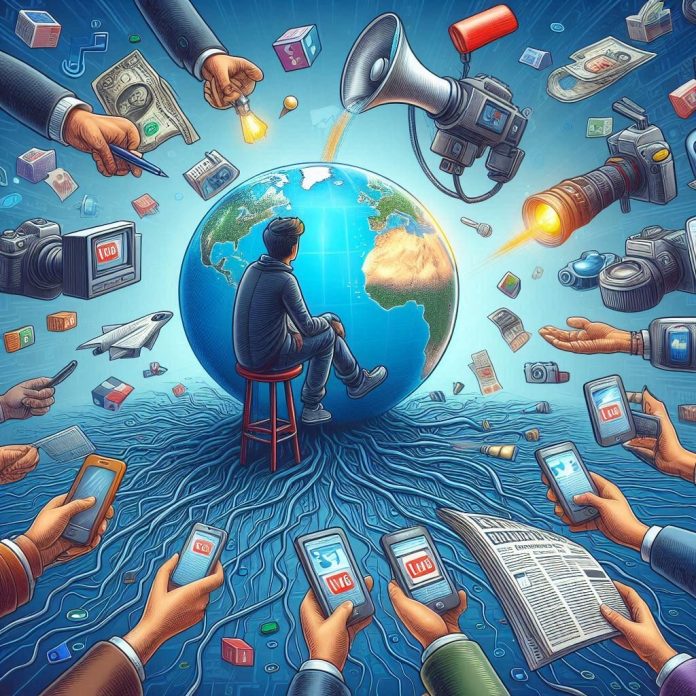📱 How Social Media is Changing the Way We Consume News
In the digital age, news no longer waits for the evening bulletin or the morning paper. It comes to us instantly, constantly, and through the screen we check dozens of times a day: our smartphones.
Today, social media platforms like Instagram, YouTube, and X (formerly Twitter) are not just places to connect with friends. They’ve become powerful news sources, especially for younger audiences. But the way news reaches us on these platforms is not random — it’s controlled by algorithms.
What Are These Algorithms?
Algorithms are sets of instructions that decide what content you see based on:
- Your interests and past activity
- What’s trending
- What gets more likes, comments, and shares
- How long you watch or interact with a post
So, instead of you going to the news, the news comes to you, but only if the algorithm thinks you’ll like it. This has reshaped the way journalists share stories.
📢 Journalists Are Adapting – Fast
To stay visible in this crowded, algorithm-driven space, many journalists and news creators are:
- Building personal brands on platforms like TikTok and YouTube
- Speaking directly to audiences with their face and voice, not just writing articles
- Using reels, shorts, and memes to make serious topics engaging
- Responding to comments and feedback to create a two-way conversation
For example, many independent reporters now explain budget updates, political news, or social issues using 30-60 second video clips, grabbing attention with simple visuals, on-screen text, and relatable language.
Why This Shift Matters:
- Attention is Currency: If content doesn’t grab attention in the first 3 seconds, it gets ignored no matter how important it is.
- Trust is Built Personally: Audiences now trust faces, not just organizations. A journalist with a relatable and consistent voice can reach millions.
- Platforms Shape Perception: News that is entertaining or dramatic tends to perform better even if it’s not the most important. This may lead to sensationalism or bias.
- Speed vs. Depth: Fast, bite-sized content often comes at the cost of in-depth analysis. The challenge is to inform quickly without oversimplifying.
What Lies Ahead?
This new media landscape demands creativity, responsibility, and adaptability. While social platforms give journalists a global voice, they also come with the responsibility to:
- Fight misinformation
- Maintain credibility
- Ensure ethical reporting in fast-paced formats
📝 Final Thought:
Social media is no longer just an extension of journalism — it’s become the front page for millions of people. The future of news isn’t just about being accurate. It’s about being visible, engaging, and human in a world ruled by swipes and scrolls.









